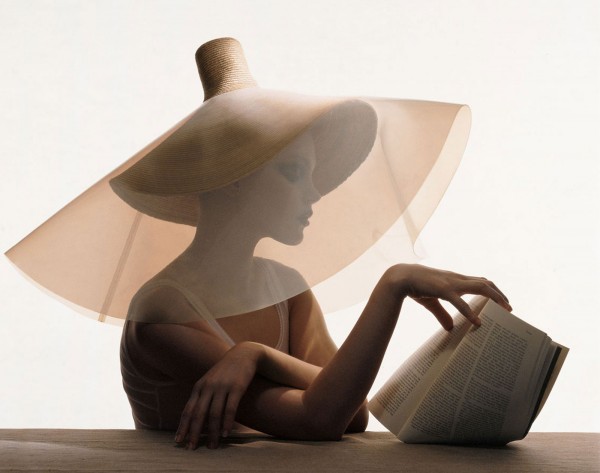With its latest issue, Wallet, the compact, text-heavy fashion publication, is wrapping up its run.
Wallet was always supposed to be a serial publication of 10 issues that explored 10 fields of expertise in the fashion industry at large, according to editor in chief, curator and publisher Elise by Olsen, who prefers projects that have a specific duration. Laced with theories and criticism, the publication has explored “pressing issues in the industry and how it operates through different mechanisms within that big machine,” she said. “There’s nothing sentimental about it. As I’ve said before, it’s really important not to just keep producing stuff just to produce them, but to have a purpose and a meaning.”
The finale is the archive issue that examines fashion history, collecting, research and archiving. That is in line with another significant project that Olsen took on last fall — the launch of the International Library of Fashion Research, a digital resource featuring 5,000-plus pieces of contemporary books, magazines, look books, show invitations, illustrations and other printed material. That one is continuous and will probably be the only one that will have no ending, she said.

This will be Wallet’s final issue.
Photo by Morteza Vaseghi/Courtesy of Wallet
Wallet’s “Heirs of History” edition features interviews with The Museum at FIT’s Valerie Steele, stylist and collector David Casavant and collector and creative consultant Emman Debattista about their archival practices. Casavant, a resource for Kanye West, among many others, has helped to make fashion archives more visible and digestible for younger audiences. Debattista is working on “a very exciting project that involves reinventing old archives and sourcing old materials from libraries in a more contemporary way,” she said.
During the coronavirus crisis, archives have had an upsurge within fashion from a design standpoint and marketing, as evidenced through the increasing potency of Grailed, Depop and other secondhand resources with youth culture and retail culture in fashion, Olsen said.
There is also a 20-page retrospective of historical moments by unsung heroes or overlooked fashion designers “that haven’t had enough visibility in the contemporary fashion industry,” such as Martin Margiela, Azzedine Alaïa, Helmut Lang, Willi Smith, Final Home, AF Vandevorst and Hood By, she said. Noting it was very difficult to source photographic material for the visual essay, Olsen said whenever possible they started with the practitioners themselves.
All in all, the final issue reflects the bigger issue of where fashion “fits today in this very complex world and society. And hopefully to use that to understand what we need to be,” Olsen said. It will debut Thursday on @wallet.mag.
Wallet was designed to be a timeless series. The first one with Comme des Garçons’ chief executive officer Adrian Joffe about authority and power in fashion was a personal favorite.

Wallet’s latest edition explores the “Heirs of History.”
Photo by Morteza Vaseghi/Courtesy of Wallet
Dedicated as she has been to text, criticism and the written word in fashion, Olsen continues to be fascinated by fashion-image-making, storytelling and the cinematic approach to fashion narratives. A lot of editorials in magazines have what Olsen called “a campaign vibe or is very image-by-image.”
“The idea of the monthly magazine is quite outdated. We need to be more considerate of what we choose to cut down trees for, to be honest. Not everything is worth printing. A lot of that content in Vogue and Harper’s Bazaar could live just as well on the internet because some of that has a very short life span. We need to continue to make more timeless magazines with a focus on more in-depth text and very well-executed fashion stories, storytelling and having a cinematic approach to paper. Monthly is too frequent. Everything that is intense and current we consume that online. It’s simply not the magazine’s function to be [the] servant of news like it was before,” she said.
By: rosemaryfeitelberg





